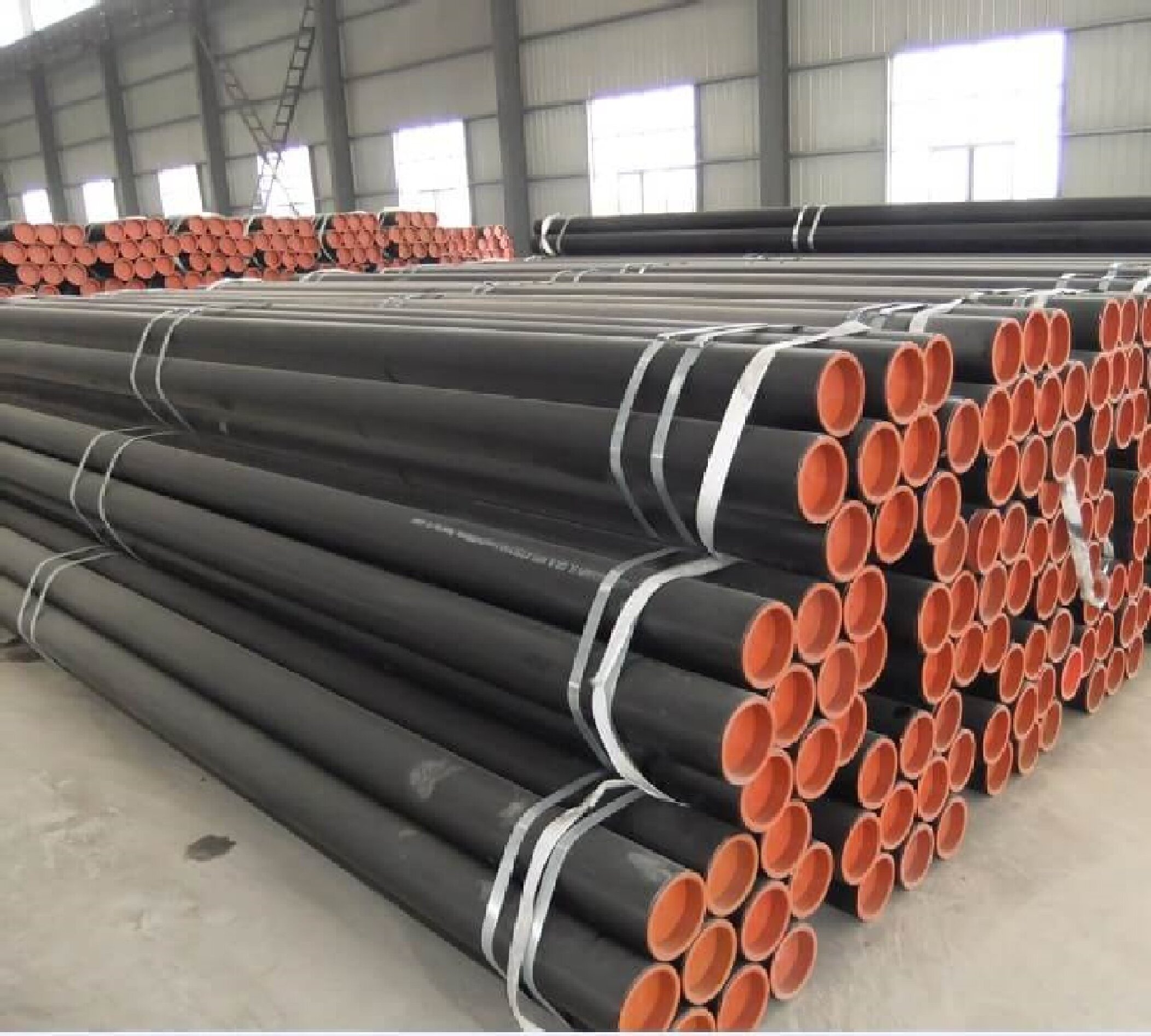-
Cangzhou Yulong Steel Co., Ltd.
-
Phone:
+86 13303177267 -
Email:
admin@ylsteelfittings.com
- English
- Arabic
- Italian
- Spanish
- Portuguese
- German
- kazakh
- Persian
- Greek
- French
- Russian
- Polish
- Thai
- Indonesian
- Vietnamese
- Zulu
- Korean
- Uzbek
- Hindi
- Serbian
- Malay
- Ukrainian
- Gujarati
- Haitian Creole
- hausa
- hawaiian
- Hebrew
- Miao
- Hungarian
- Icelandic
- igbo
- irish
- Japanese
- Javanese
- Kannada
- Khmer
- Rwandese
- Afrikaans
- Albanian
- Amharic
- Armenian
- Azerbaijani
- Basque
- Belarusian
- Bengali
- Bosnian
- Bulgarian
- Catalan
- Cebuano
- China
- China (Taiwan)
- Corsican
- Croatian
- Czech
- Danish
- Esperanto
- Estonian
- Finnish
- Frisian
- Galician
- Georgian
- Kurdish
- Kyrgyz
- Lao
- Latin
- Latvian
- Lithuanian
- Luxembourgish
- Macedonian
- Malgashi
- Malayalam
- Maltese
- Maori
- Marathi
- Mongolian
- Myanmar
- Nepali
- Norwegian
- Norwegian
- Occitan
- Pashto
- Dutch
- Punjabi
- Romanian
- Samoan
- Scottish Gaelic
- Sesotho
- Shona
- Sindhi
- Sinhala
- Slovak
- Slovenian
- Somali
- Sundanese
- Swahili
- Swedish
- Tagalog
- Tajik
- Tamil
- Tatar
- Telugu
- Turkish
- Turkmen
- Urdu
- Uighur
- Welsh
- Bantu
- Yiddish
- Yoruba

Nov . 24, 2024 10:55 Back to list
astm a 106 b
Understanding ASTM A106 B A Comprehensive Overview
ASTM A106 B is a specification developed by ASTM International that outlines the standards for seamless carbon steel pipes used in high-temperature service. This specification is known for its critical role in the construction and maintenance of pipelines that transport fluids and gases across various industries, including oil and gas, power generation, and petrochemical sectors.
Historical Context
The ASTM (American Society for Testing and Materials) was founded in 1898, and since then, it has played a pivotal role in developing and publishing technical standards for materials. ASTM A106 was first introduced to address the needs of engineers and architects in the burgeoning industrial landscape of the early 20th century. With the demand for reliable and efficient piping systems on the rise, A106 evolved to ensure that carbon steel pipes could withstand the rigors of high-pressure applications.
Scope of ASTM A106 B
ASTM A106 B specifically refers to a particular grade of steel pipe that is intended for high-temperature service. This grade is characterized by its ability to maintain strength and structural integrity at elevated temperatures, generally up to 1000°F (538°C). The specification covers seamless and electric-resistance-welded carbon steel pipes suitable for bending, flanging, and similar forming operations.
The material composition of ASTM A106 B is crucial to its performance characteristics. It consists primarily of carbon, manganese, phosphorus, sulfur, and silicon. The allowable limits for these elements ensure that the pipe possesses adequate mechanical properties, such as yield strength, tensile strength, and elongation.
Key Specifications and Properties
ASTM A106 B pipes are typically manufactured in accordance with strict industry standards that specify testing methods for mechanical properties, dimensions, and chemical composition.
1. Chemical Composition - Carbon (C) 0.30% maximum - Manganese (Mn) 0.29% to 1.06% - Phosphorus (P) 0.035% maximum - Sulfur (S) 0.04% maximum - Silicon (Si) 0.10% to 0.40%
astm a 106 b

2. Mechanical Properties - Yield Strength Minimum of 35,000 psi (240 MPa) - Tensile Strength Minimum of 60,000 psi (414 MPa) - Elongation 20% minimum in 8 inches
Due to its robust characteristics, ASTM A106 B is widely utilized in various applications where high temperature and pressure are involved. It is essential in the construction of pipelines, pressure vessels, and plant piping systems.
Applications in Industry
The versatility of ASTM A106 B makes it an essential choice in several industries
- Oil and Gas In the oil and gas sector, ASTM A106 B pipes are used for conveying hydrocarbons from production sites to refining facilities. Their ability to withstand high temperatures and pressures without compromising integrity is crucial for safe and efficient operations.
- Power Generation The power industry frequently employs ASTM A106 B for steam and water piping systems. Given that steam systems operate at high pressures and temperatures, the reliability of these pipes ensures optimal performance of power plants.
- Petrochemical Industries In petrochemical applications, the requirement for dependable piping to transport process fluids makes ASTM A106 B a preferred material. Its strength and toughness under thermal stress minimize the risks of leaks or failures.
Conclusion
In conclusion, ASTM A106 B remains a fundamental standard in the realm of seamless carbon steel pipes designed for high-temperature service. Its careful design and stringent specifications have made it a trusted choice for industries where safety and reliability are paramount. As technology advances and the demand for robust piping solutions grows, standards like ASTM A106 B will continue to evolve, ensuring that they meet the challenges of modern industrial applications while maintaining their essential role in infrastructure development worldwide.
Latest news
-
ANSI 150P SS304 SO FLANGE
NewsFeb.14,2025
-
ASTM A333GR6 STEEL PIPE
NewsJan.20,2025
-
ANSI B16.5 WELDING NECK FLANGE
NewsJan.15,2026
-
ANSI B16.5 SLIP-ON FLANGE
NewsApr.19,2024
-
SABS 1123 FLANGE
NewsJan.15,2025
-
DIN86044 PLATE FLANGE
NewsApr.19,2024
-
DIN2527 BLIND FLANGE
NewsApr.12,2024
-
JIS B2311 Butt-Welding Fittings LR/SR 45°/90° /180°Seamless/Weld
NewsApr.23,2024











